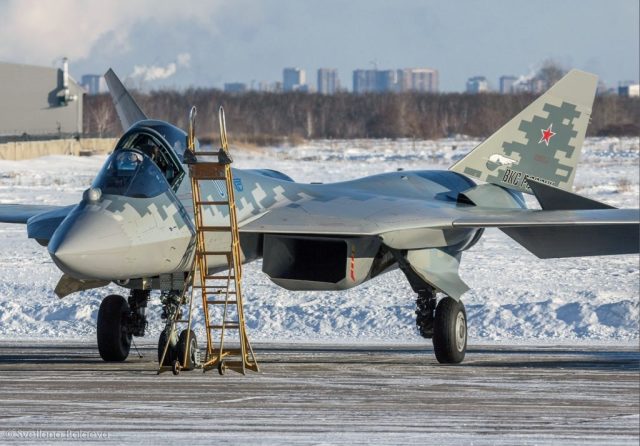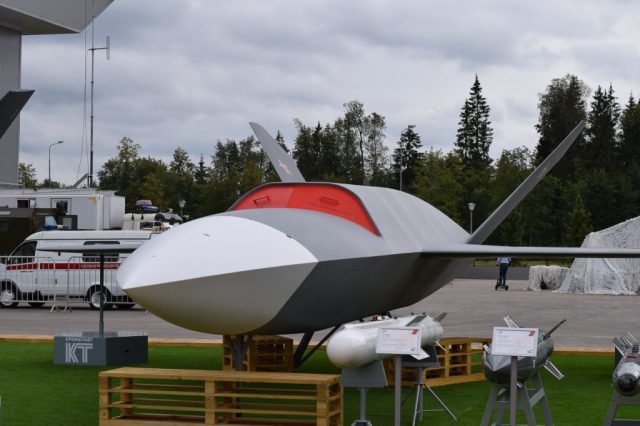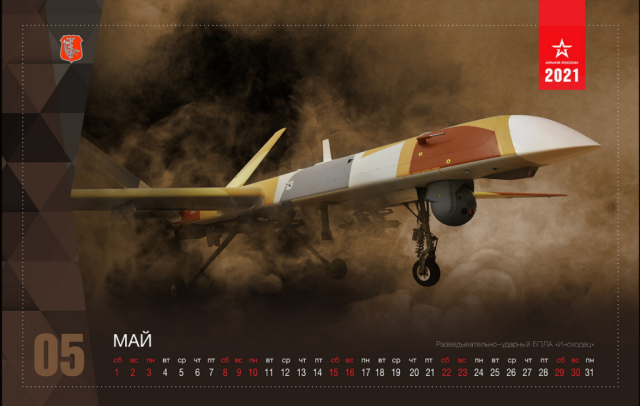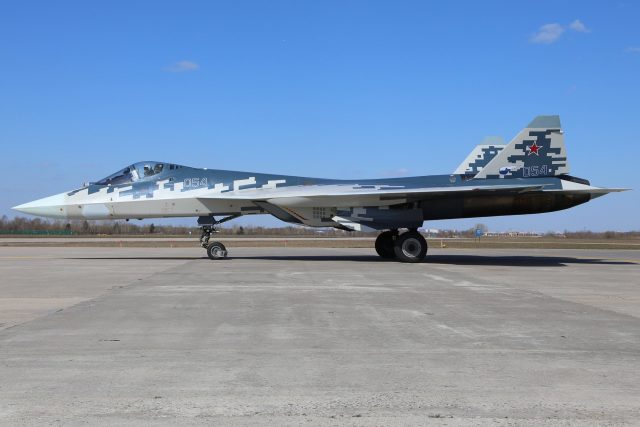According to an informed source, the latest Russian fifth-generation fighter Su-57 will be able to carry more than a dozen different unmanned aerial vehicles in the fuselage compartments. To do this, the aircraft will be upgraded.
Russia is systematically increasing the capabilities of its fifth-generation fighter. According to a source in the aviation industry, the Su-57 will be able to carry more than ten different UAVs, including attack vehicles, in the internal compartments. "One Su-57 fighter will be able to carry more than a dozen reconnaissance and strike drones, as well as electronic warfare, in the fuselage compartment," the source said.
We have already started developing on-board equipment and special software that would allow us to implement the idea. In addition, they are now creating a stand where the interaction of drones with the Su-57 fighter will be practiced in ground conditions.
UAVs will be able to interact with each other, as well as with the carrier aircraft, using secure communication channels. According to the concept, the Su-57 will drop drones before entering the area of operation of enemy air defense systems. UAVs will create interference, as well as hit ground-based complexes with high-precision weapons systems. Type (types?) The UAV that will carry the Su-57 is not disclosed.

Serial Su-57
Image source: Svetlana Balaeva
This is not the first such news in recent times. In March, a source in the military-industrial complex said that Russian engineers want to teach the latest attack UAV " Thunder "to use attack drones" Lightning", which can be launched by another aircraft carrier. According to the data given then, one "Thunder" will be able to control ten "Lightning". It is also noteworthy that, according to the previously presented data, the UAV "Thunder" can be used in conjunction with the Su-57 (however, then the fourth-generation fighters also appeared).

"Thunder»
Image source: Kronstadt
"Thunder" should get four suspension points: two under the wing consoles, two more-inside the fuselage of the UAV. The cruising speed of the unmanned aerial vehicle will be 800 kilometers per hour.
In recent years, Russia has been particularly active in implementing a program for the development of attack UAVs. The most striking evidence of this can be considered the use in Syria of a new strike drone "Orion": the corresponding footage was shown in February of this year. No less important for the country are the tests of the heavy attack UAV "Hunter", which exists so far only as a demonstration model.

"Orion" in the shock version
Image source: Ministry of Defense
Recently, Russia announced the creation of the world's first "air mining" system aimed against enemy drones.

